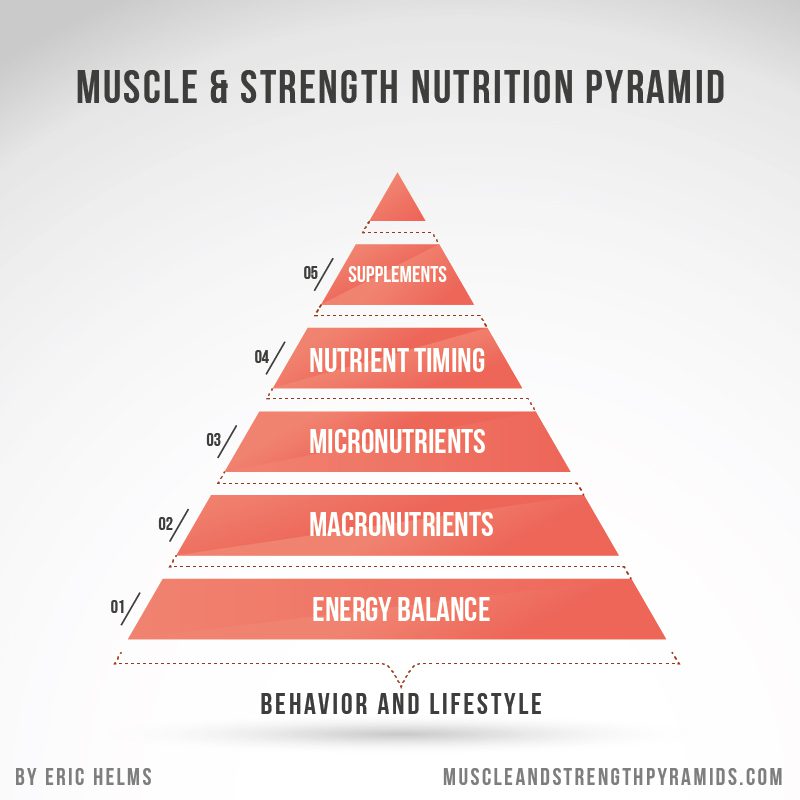Everyone wants to know how to get in the best shape of their life without sacrificing their favorite foods. But we know that simply does not happen.
The biggest factor for success in any client’s transformation comes down to dietary adherence. Studies like this one in The Journal of American Medical Association show a strong correlation between dietary adherence and reaching pre-determined weight loss goals. Still, many times we notice our clients do not reach their goals because they can’t stick to a dietary plan that supports their goals.
Of course, we want our clients to continue a sustainably healthy lifestyle, even when they’re not training with us. The key is to be open about the biggest factors that affect dietary adherence. By knowing them, we can help clients plan appropriately to avoid these non-adherence problems. A randomized study published in The Journal of Clinical Endocrinology and Metabolism on 227 healthy overweight women revealed some of the most influential factors affecting dietary adherence. The most common obstacles include:
- Overly complicated diets
- Diets requiring drastic lifestyle changes
- Unrealistic goals and extreme deficits
We’ll cover each factor by explaining why they can become problematic and how to prevent them from happening to your clients in the first place.
Problem 1: Your client's diet is too complicated.
“Overly complicated diets” is an an umbrella term that includes (but is certainly not limited to) complicated details, nutrient timing, and supplementation.
There are two ways a diet can become overly complicated: either we coaches did not provide clear instruction, or the client is digging in way too deep or overanalyzing minute details. The latter is typically the case. We need to help clients understand that most of the small details don’t matter as much, especially not if they struggle with the "big" things. Take a look at this muscle and strength nutrition pyramid created by Eric Helms:

After determining the appropriate energy balance for clients, the most important aspect is that they eat the prescribed amount of macronutrients (and thus, calories) each day by following the 80/20 rule. That is, 80 percent of their foods should be from wholesome and nutritious foods, and the remaining 20 percent can be whatever they desire. This approach usually takes care of daily micronutrient and fiber requirements.
For most clients, following an eating plan with the right amount of macronutrients will help them reach their goal, even if that involves getting on stage. Once the client learns how to track macros and the method fits his or her lifestyle, accurately tracking macronutrients is the main key to that client's success.
Most people will try to overcomplicate things by questioning electrolyte intake, removing certain food groups, or worrying about nutrient timing--all of which are unnecessary. You might consider timing for more “advanced” clients. For example, you can advise your client to consume carbs around workouts to maximize energy in the gym. But for beginners, nutrient timing is irrelevant until they’ve gotten more consistent with counting macros accurately.
Clients tend to also confuse themselves on supplementation. If your client is just starting their nutrition plan, there’s no need to introduce this element. Plus, there’s limited evidence of efficacy for most supplements. Almost all of your clients, outside of highly advanced physique athletes, can reach their targets without much supplementation. Help save your client money by educating them on this matter, suggesting protein supplements, for example, only if they're lacking; and encouraging them to focus on better macronutrient tracking instead.
Problem 2: Your client's diet requires too many drastic changes.
Look, no client should receive a “meal plan” that lays out exactly what and when to eat and how. Of course, there are circumstances where this may be necessary, like a client who is in the the last weeks of contest prep. Simply, it just isn’t sustainable nor in your client’s best interest.
Plans that leave no room for food variation or a way to satisfy cravings will inevitably lead to decreased adherence and a higher possibility of problematic binging. This is one reason why we are such proponents of macronutrient tracking, or flexible dieting. As we discussed earlier, flexible dieting involves meeting daily macronutrient goals of 80 percent wholesome and nutritious foods and 20 percent of essentially anything else. It provides a level of flexibility that fits their lifestyle and goals, while still allowing them to eat the foods they enjoy in moderation.
As a result, dietary adherence increases and binging becomes much less of an issue. If your client is having trouble sticking to a more strict regimen, flexible dieting is a great option for long-term sustainability since it does not require them to give up foods they love.
Tracking macronutrients is a skill and takes time to become good. Encourage your clients to keep practicing it. Most people need at least two weeks of dedicated practice to begin getting the hang of it, so keep checking in with them during this learning period to help them overcome any problems or initial resistance. Mobile apps like MyFitnessPal, Cron-o-meter, and many others can help you and your clients take a close look at what your clients eat on a daily basis. If you often have to teach clients to count macros, it would save you and your client some time to write up a guide that you can easily share with them.

What’s more, for this to work, you must keep an honest relationship with your clients about their progress, accuracy, and efficiency of tracking. To increase adherence, flexible dieting should be incorporated into a client’s lifestyle based on their goals. Their lifestyle and goals should not conform to their diet.
Problem 3: Your client has unrealistic goals and extreme deficits.
Since we are being paid for our expertise, it is important to be upfront and stern about whether a client’s goals are realistic or not. Good coaches do not offer extreme, quick fixes, but will instead teach a system that provides the information and application for long-term success. Unrealistic goals often require extreme deficits, which result in decreased dietary adherence.
Research from this study in Journal of Endocrinology and Metabolism shows that adherence begins to suffer as deficits reach 20 percent of maintenance calories. Not surprisingly, at 70 percent of maintenance calories, adherence becomes very poor.
If we had a group of subjects with a daily maintenance intake of 2,000 calories, for example, we would begin to see a decrease in dietary adherence at a deficit of 400 calories, and almost no adherence at a 1,400-calorie deficit. Now ask yourself: Is it possible for someone who normally eats 2,000 calories to stick to a 12-week diet at 1,000 calories a day? Not likely.
That example may seem extreme, but it is actually not that uncommon to see plans written in that fashion. If your client’s progress stalls, the first place you should check is whether they’re sticking to their diet at all. And if not, check the deficit.
Clearly, there are many factors that affect dietary adherence. The first step is to educate clients and explain how to overcome these barriers from the very beginning. The key is to establish realistic goals with their sustainability in mind. Next create a manageable deficit of somewhere around 20 percent of their daily maintenance calories.
Focus on providing clear instructions and taking into account the average time your client needs to spend to learn how to track their food (typically two weeks). Help them focus on eating the prescribed amount of macronutrients each day and ignore all of the other irrelevant details for now. Once they have learned to track efficiently at home, teach them to track when they eat out so that they can maintain their social lives. Only after clients have mastered tracking in any situation would you want to introduce nutrient timing or supplementation, if you feel it may be beneficial and they are mentally ready.
Remember, diets that require drastic lifestyle changes are less effective than those that require small, more sustainable changes.
Recommended reading to help your clients with their weight loss nutrition:
- A 3-Step Process to Simplifying Weight Loss Nutrition For Clients by Will Davis
- 3 Reasons Your Client Is Not Losing Weight (And What to Do About It) by George Kalantzis
- How to Create a Meal Plan Your Clients Will Actually Follow by Mike Samuels










